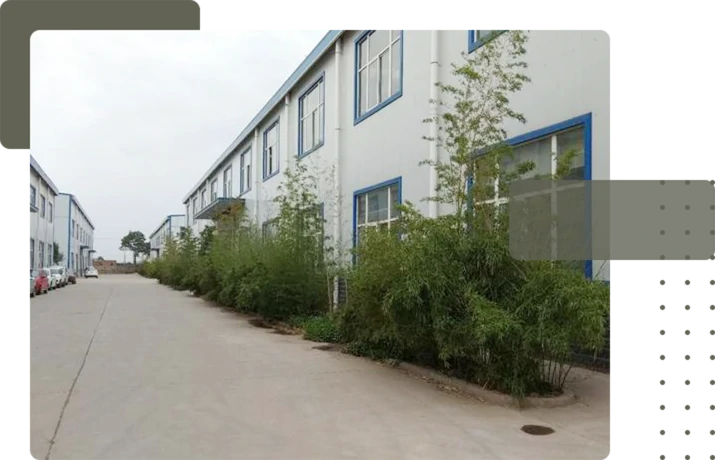Durable Cast Iron Products - Quality and Versatility for Every Need
The Versatility and Value of Cast Iron A Timeless Material
Cast iron has been a staple in metallurgy for centuries, renowned for its remarkable properties and versatility. Its journey from ancient times to modern applications is a fascinating tale of innovation and durability. With its rich history and myriad uses, cast iron remains an indispensable material in various industries today.
At its core, cast iron is an iron-carbon alloy that typically contains 2% to 4% carbon, along with silicon, manganese, and trace amounts of other elements. This composition gives cast iron its unique characteristics, such as excellent castability, high wear resistance, and impressive strength. The production process involves melting iron and adding carbon, followed by casting it into molds. The result is a material that can be easily shaped into complex designs, making it ideal for manufacturing engine blocks, pipes, and various other products.
One of the most celebrated forms of cast iron is ductile iron, also known as nodular iron
. Through the addition of small amounts of magnesium during the casting process, the carbon in the iron forms spherical shapes rather than flake shapes. This alteration significantly enhances the material’s ductility and toughness, opening the door to a wider range of applications in automotive and aerospace industries, where strength and resilience are paramount.cast iron

Another popular variant is gray cast iron, which is renowned for its excellent machinability and ability to dampen vibrations. Its structure, marked by graphite flakes, allows it to absorb shocks and noise, making it an ideal choice for manufacturing components such as engine blocks and machine tool bases. Gray cast iron’s ability to retain heat and distribute it evenly also makes it a preferred material for cookware, particularly in the form of cast iron skillets and Dutch ovens, which have gained a resurgence in popularity among both professional chefs and home cooks.
Despite its many advantages, cast iron is not without its challenges. It is generally brittle and can crack under severe impact, which means that careful handling is essential. Additionally, it is prone to rusting if not properly maintained, especially when exposed to moisture. However, these drawbacks can be mitigated through proper seasoning and care, making cast iron cookware a long-lasting investment.
In terms of sustainability, cast iron possesses significant environmental advantages. The recycling potential of cast iron is impressive; it can be melted down and reused without losing quality. This sustainability aspect is increasingly important in today’s eco-conscious world, as industries seek to reduce waste and promote resource conservation.
In conclusion, cast iron stands out as a material that combines historical significance with modern practicality. Its diverse forms adapt to various needs, from heavy industrial applications to cherished kitchenware. As we continue to explore innovative uses for cast iron, it remains clear that this timeless material will hold its place in our lives for many years to come. Whether in the form of a sturdy skillet or a vital industrial component, cast iron is a testament to human ingenuity and resilience.
-
Wrought Iron Components: Timeless Elegance and Structural StrengthNewsJul.28,2025
-
Window Hardware Essentials: Rollers, Handles, and Locking SolutionsNewsJul.28,2025
-
Small Agricultural Processing Machines: Corn Threshers, Cassava Chippers, Grain Peelers & Chaff CuttersNewsJul.28,2025
-
Sliding Rollers: Smooth, Silent, and Built to LastNewsJul.28,2025
-
Cast Iron Stoves: Timeless Heating with Modern EfficiencyNewsJul.28,2025
-
Cast Iron Pipe and Fitting: Durable, Fire-Resistant Solutions for Plumbing and DrainageNewsJul.28,2025
-
 Wrought Iron Components: Timeless Elegance and Structural StrengthJul-28-2025Wrought Iron Components: Timeless Elegance and Structural Strength
Wrought Iron Components: Timeless Elegance and Structural StrengthJul-28-2025Wrought Iron Components: Timeless Elegance and Structural Strength -
 Window Hardware Essentials: Rollers, Handles, and Locking SolutionsJul-28-2025Window Hardware Essentials: Rollers, Handles, and Locking Solutions
Window Hardware Essentials: Rollers, Handles, and Locking SolutionsJul-28-2025Window Hardware Essentials: Rollers, Handles, and Locking Solutions -
 Small Agricultural Processing Machines: Corn Threshers, Cassava Chippers, Grain Peelers & Chaff CuttersJul-28-2025Small Agricultural Processing Machines: Corn Threshers, Cassava Chippers, Grain Peelers & Chaff Cutters
Small Agricultural Processing Machines: Corn Threshers, Cassava Chippers, Grain Peelers & Chaff CuttersJul-28-2025Small Agricultural Processing Machines: Corn Threshers, Cassava Chippers, Grain Peelers & Chaff Cutters












